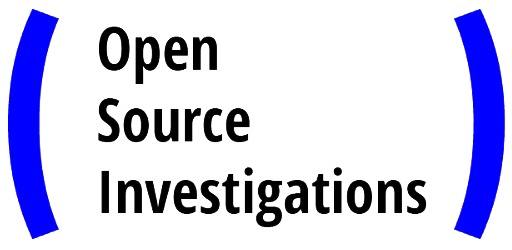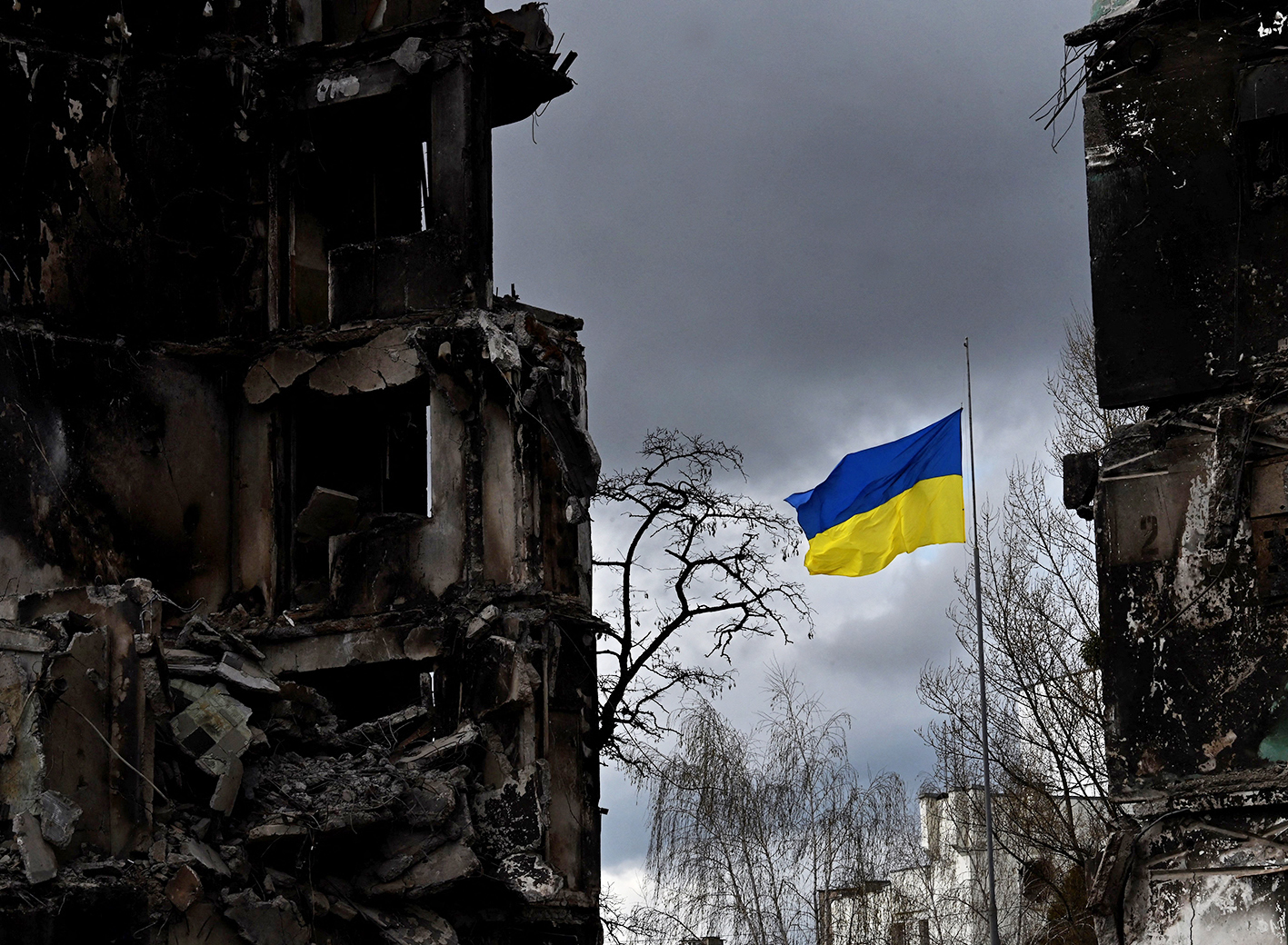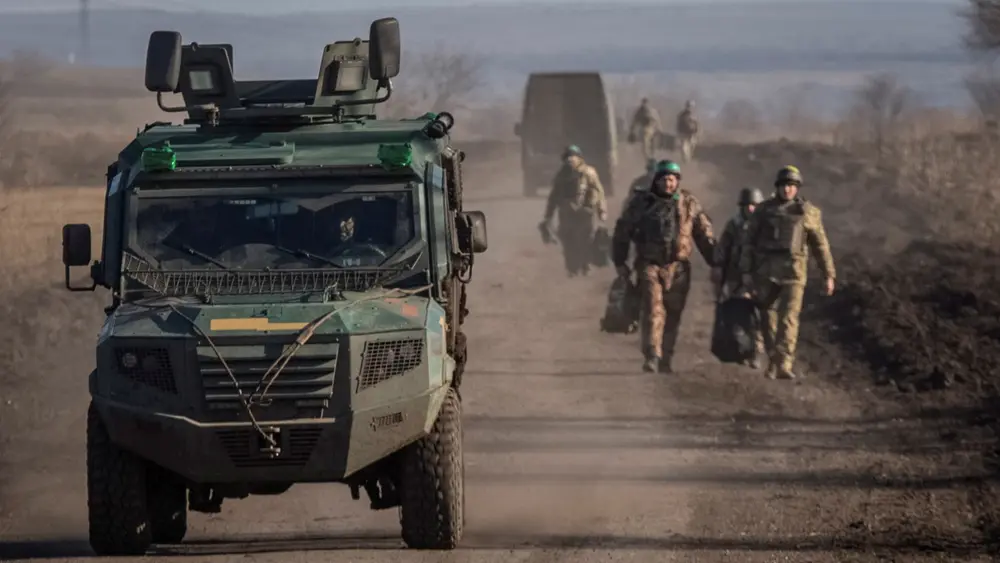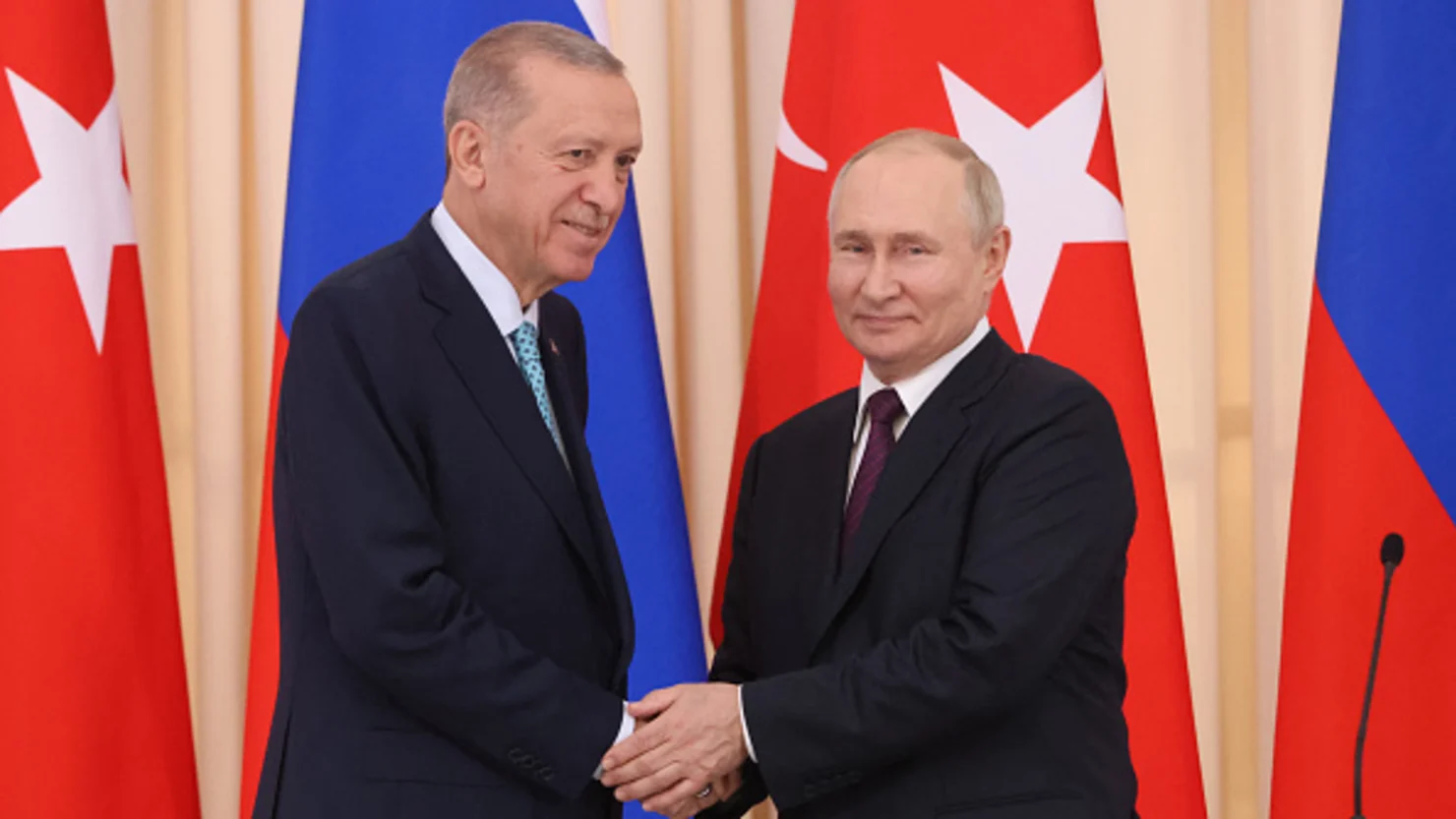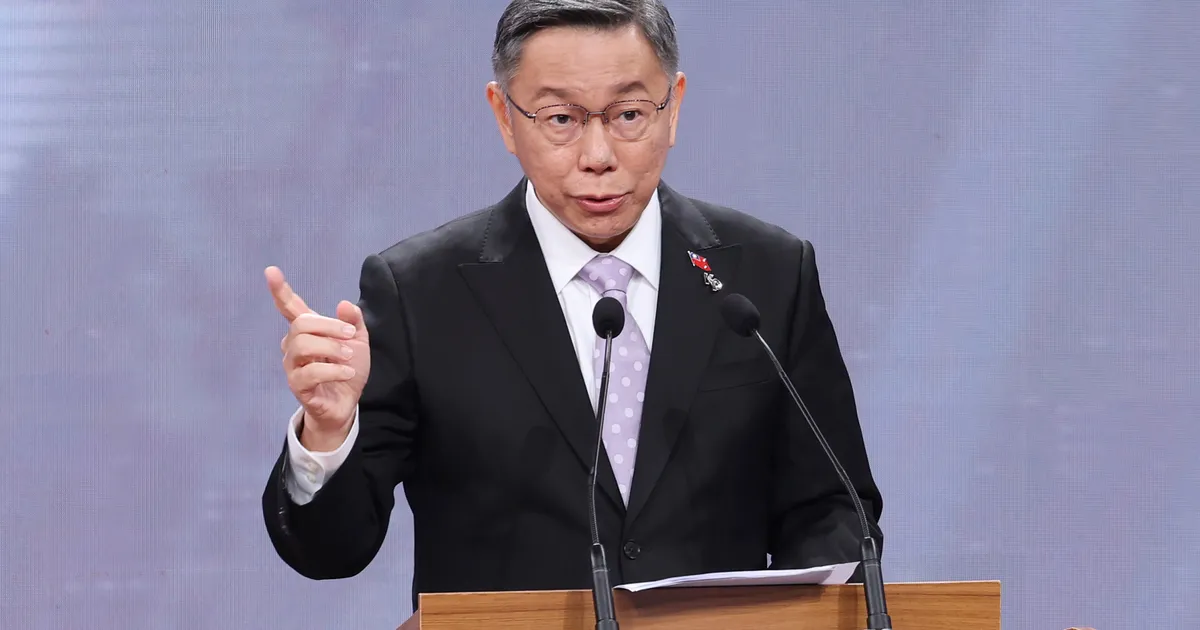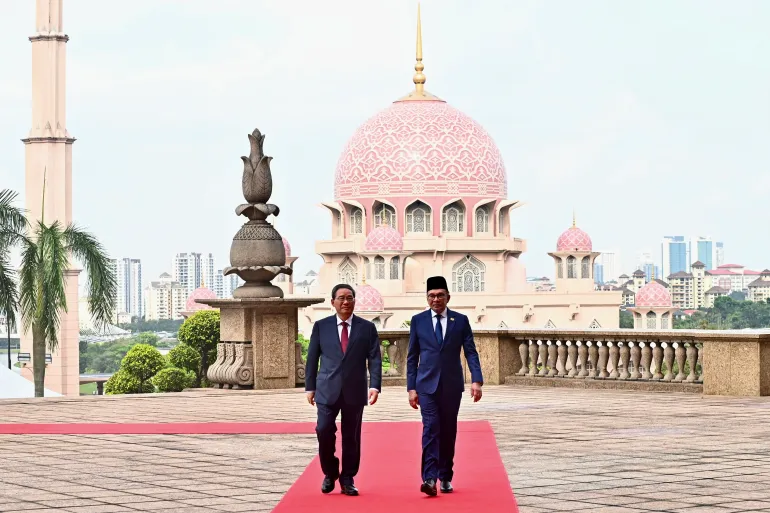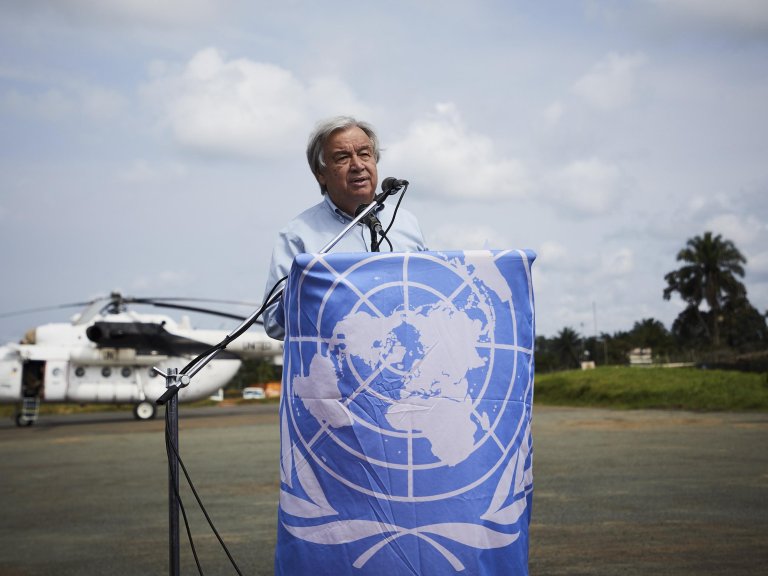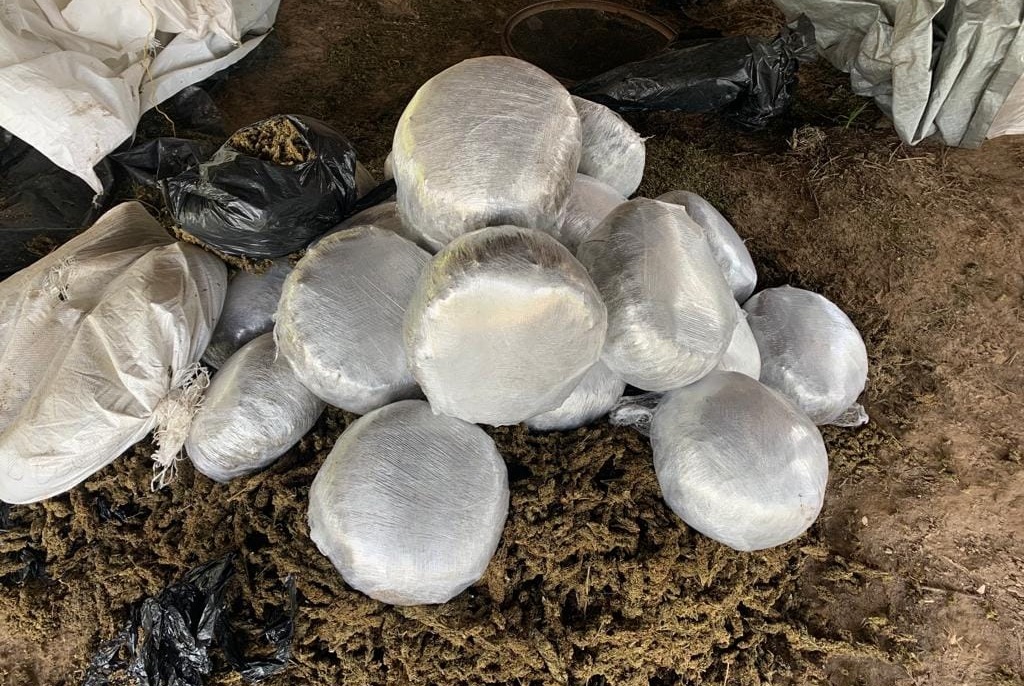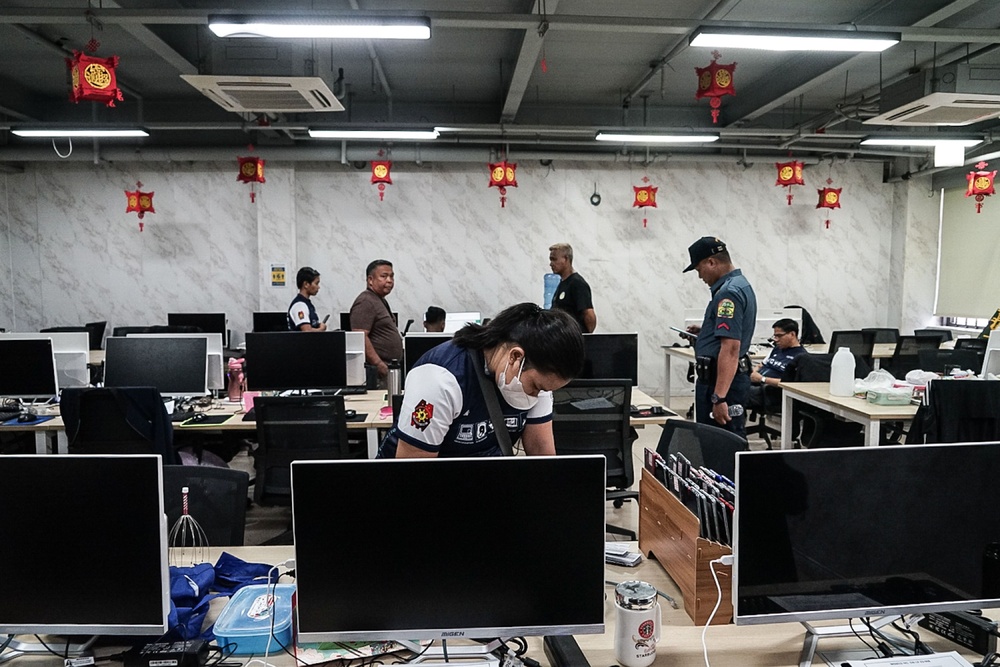As the unprovoked Russian invasion of Ukraine drags on into its third year, we have no more clarity as to how the affair will end than we had in 2022. To say that the fighting has left Ukraine in a rough shape would be an understatement. About two million homes, 10% of the available housing stock, have been damaged or destroyed by the war. An estimated area of 174,000 square kilometers, more than a quarter of the country, is riddled with landmines and unexploded ordnance. Damage to the nation’s farmland has also been extensive. Alone, the destruction of the Nova Kakhovka Dam deprived 600,000 hectares of arable land of irrigation.
If the fighting stopped right now, the price tag for rebuilding would total somewhere between half a trillion and one trillion dollars. The lower end estimate belongs to the latest World Bank report which assesses a cost of $486 billion over a decade for repairing the damage incurred since 24 February 2022 to the end December 2023. On the other hand, European Investment Bank chief Werner Hoyer estimates that Ukraine will need as much as one trillion euros ($1.1 trillion) in outside assistance to recover from the devastation wrought by the ongoing Russian invasion.
In other words, Ukraine will represent the largest reconstruction effort since the Second World War. Some of the funding for this will be, indeed it already is, in the shape of grants provided by donor countries. But, the Marshal Plan notwithstanding, in most historical cases foreign aid has accounted for a small share of the funding and served primarily as seed capital for attracting foreign investment.
Ukrainian President Volodymyr Zelenskyy recognizes this when he said that it’s not enough to win on the battlefield, but also important “to achieve victories in the economy as well, and to be an attractive country for investors.” This objective goes hand in hand with integrating the country closer with, and eventually joining, the European Union.
However, even before the invasion Ukraine struggled to attract foreign capital as the country was perceived as at risk of Russian aggression. Whether this remains the same after the fighting dies down depends on what kind of security guarantees Ukraine’s allies will provide her with. Any dealings with Russia will have to be from a stance of deterrence and the ultimate guarantee for Ukraine would be joining NATO, but it’s hard to envision the alliance mustering the cohesion and political will for this to happen.
If and when Ukraine enters the European Union, it will also be able access funding via specific programs from the EU budget, such as Common Agricultural Policy and the Cohesion Fund. Before the war Ukraine produced 9% of the world’s wheat, 17% of its barley and a whopping 47% of its sunflower oil. Even with 20% of arable land currently under Russian occupation, the country remains an agricultural powerhouse. This level of agricultural production dwarfs that of current EU members and, were Ukraine to join, it would instantly become the largest recipient of funding from the Common Agricultural Policy.
This will trigger political opposition from existing member states who will not want to lose out on subsidies, and will likely act as an obstacle to the country’s EU accession. The same holds true for the Cohesion Fund, which gives out money to regions poorer than the EU average. As a large and impoverished country Ukraine would end up receiving a huge section of that funding, depriving current recipients of money needed for their own development. The impact on the union’s budget would be similar to 2005 when eight former communist states, including Poland and the Baltics, joined the EU concomitantly.
Another possible avenue of paying for the reconstruction of Ukraine would be tapping the Russian assets frozen in the West at the start of the invasion. Totaling about $300 billion and belonging mainly to the Kremlin but also to private individuals associated with the invasion, this money has often been proposed as the obvious got-to for undoing the damage caused by the war.
There are, however, doubts about the legality of such a move and it remains to be seen if the grounds in international jurisprudence can be found for disbursing this money to Ukraine. Even if this were possible, some voices warn against it arguing that the frozen assets will be more useful as a bargaining chip once it’s finally time to sit down and negotiate an end to the war.
Besides funding, human resources are certain to be a limiting factor in Ukraine’s postwar recovery. Even before the invasion the country had an aging population and one of the lowest fertility rates in the world, standing at only 1.16 births per woman in 2021. Add to this the tens of thousands of combat deaths and the likely hundreds of thousands of people who will never fully return to the workforce due to physical and psychological scarring, and we have the makings of a serious demographic crisis.
To mitigate the effects of the looming population collapse, Ukraine will first have to focus on preventing more of its people from leaving the country and then on encouraging as many as possible of those already living abroad to return home. At present 6.5 million Ukrainians, or one-sixth of the nation’s prewar population, mostly women and children, are international refugees. It is conceivable that when the fighting stops most of them will return to Ukraine and, after living for years in the West, they will bring along skills and mentalities that will serve in the rebuilding of the country.
The pace and extent of Ukraine’s postwar recovery will be dictated by its security arrangements and the availability of funding and human resources. Further integration into the EU and the Western world is almost a foregone conclusion, but the terms on which Ukraine will do so remain very much up for discussion. NATO membership is unlikely and EU accession will be a prolonged and contentious process. If the war leaves Ukraine within secure internationally recognize borders, whatever they may be, the country may attract the capital needed to modernize its industries, move up the value chain and gradually leave its Soviet past behind. The only alternative to this is being relegated to a role of supplier of agricultural products and raw materials for the industries further west.
